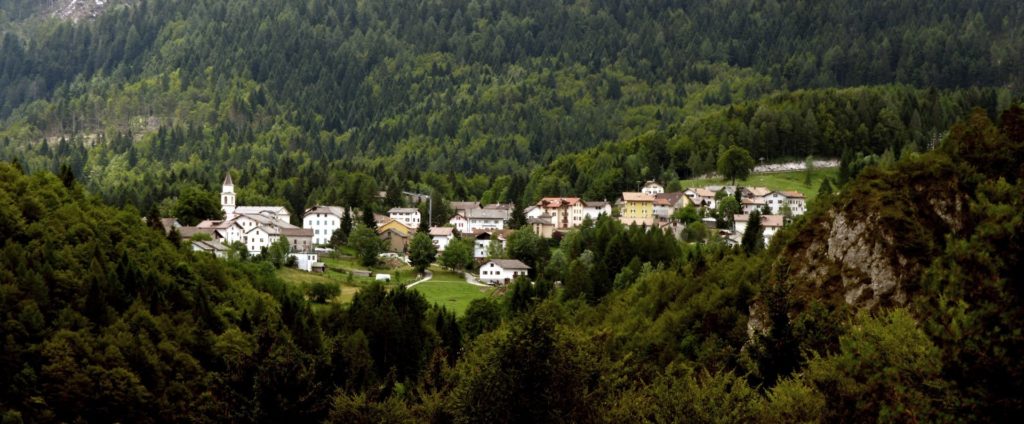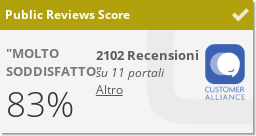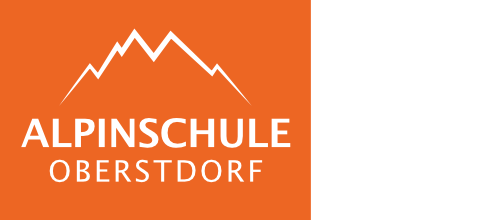Itinerary "the tour of the high plateaus: Vigolana, Folgaria, Lavarone, Luserna, Vezzena".
Total length: 64 km from Levico
From Levico Terme you reach Calceranica (km.5) from where you climb towards Bosentino along the beautiful panoramic road with a view of Lake Caldonazzo. After Bosentino, the Vigolana plateau opens up, bounded to the south by the Vigolana massif (m.2150) and to the north by Monte Marzola (m.1735). At the junction with the Fricca provincial road
turn left and, having passed Vattaro (km.13), climb along the wooded Centa Valley to the Fricca Pass (m.1,110) and reach Carbonare (km.27) and the area of the Folgaria, Lavarone and Luserna plateaus with their characteristic undulating landscape where conifer and beech woods alternate with extensive grasslands. During the First World War, the plateaus were the scene of numerous clashes and battles, as evidenced by the Austro-Hungarian forts and the war cemeteries of Slaghenaufi in Bertoldi and Luserna in Costalta.
At Carbonare, turn off for Folgaria (km.6,5), a summer and winter tourist resort with numerous ski lifts. Shortly after Folgaria, descending towards Calliano and the Valle dell’Adige, there is a junction for Guardia, a small village nestling on the slopes of Monte Finonchio, characterised by the murals, mainly in naive style, that adorn the façades of the houses. Here lived and worked Cirillo Grott, painter, sculptor and poet, whose house-studio can be visited today. Back on state road no. 350, we descend past Mezzomonte di Sopra e di Sotto and Dietrobeseno and reach Calliano (km.12 from Folgaria). Here we join state road 12 for Trento and then reach Pergine and Levico Terme.
Continuing on we reach
Lavarone (km.32), a summer and winter tourist centre, made up of many small hamlets that bear the names of the ancient families that inhabited them. Near the hamlet of Chiesa is the Lavarone Lake. Near the hamlet of Cappella is Forte Belvedere. The fort, now a museum, is well worth a visit.
At the Monterovere junction, the road climbs to the right and leads in 6 km to Luserna (1,333 m), an alloglotta linguistic island where the ancient Cimbrian idiom, a medieval Germanic language, is spoken.
Continuing through pastures and woods we reach the
Passo Vézzena (km.43) m.1.417 where the boundless expanse of pastures and woods of the plateau of the same name opens up, dotted with malghe for the summer grazing of livestock. Renowned dairy products are produced here, including the ‘Vezzena’ cheese. In winter, the area offers countless cross-country skiing trails and snowshoeing routes. It is possible to hike to Cima Vezzena (m.1908), also known as Pizzo di Levico, and to Cima Manderiolo (m.2,051).
It is possible to return to Levico Terme along the same route, or return to the Monterovere junction (km.46) and descend along the Monterovere provincial road, also known as the ‘Menador’, ‘Pegolara’ or ‘Kaiserjägerweg’. This is a military route from the First World War. The road, which descends in hairpin bends, is in some places narrow and steeply sloping, built into the rock, and is therefore not recommended for those suffering from vertigo. We reach Caldonazzo (km.61) and then Levico Terme (km.64).
To visit:
in Lavarone, the Forte Gschwent-Belvedere Museum
open from April to October from 9.30 a.m. to 6.30 p.m., closed Mondays except July and August, for information APT of Lavarone tel.0464 783226
in Luserna, Cimbrian House “Haus von Prükk”
for information Istituto Culturale Mocheno Cimbro tel.0464 789645
in Guardia di Folgaria, House Museum Grott
tel.0464 721638 – 720190














